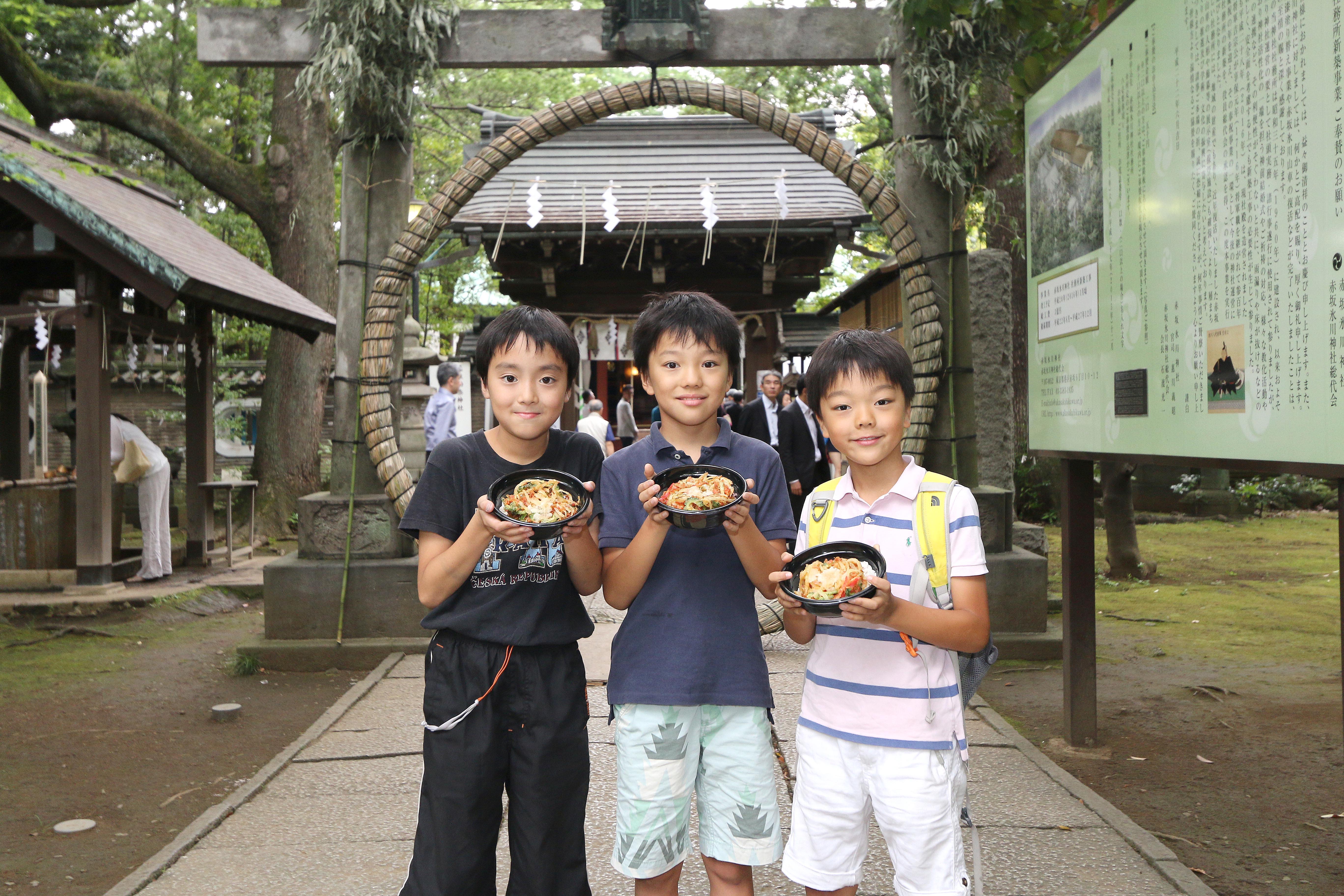Traditions are just innovations that happened to catch on. Culinary traditions are no different. Some self-organize out of circumstance, such as yakisoba (literally "fried noodles"), which triumphantly emerged as the iconic food of summer festivals in large part thanks to a particular combination of demographics and ingredient availability after World War II. Some traditions are the result of more careful planning, such as the National Confectionary Industry Association's precision rebranding in 1978 of March 14 as "White Day," a day where men are expected to reciprocate any gift of chocolate they received from women on Valentine's Day, this time with white sweets. People love special events, people love food — there will always be room for new ways to combine the two.
This year we have the opportunity to witness the high-profile launch of an all-new would-be tradition: nagoshi gohan, or "nagoshi rice."
Nagoshi is short for nagoshi no harae, a Shinto rite of purification, performed on June 30 — the last day of the first half of the year. The specifics of this rite vary from shrine to shrine, but one common observance is the ritual of chinowa-kuguri (literally, "passing through the ring of reeds"), in which worshippers step through a large circular gate of braided reeds to purify themselves of defilements and receive protection from misfortune and disease.


















With your current subscription plan you can comment on stories. However, before writing your first comment, please create a display name in the Profile section of your subscriber account page.